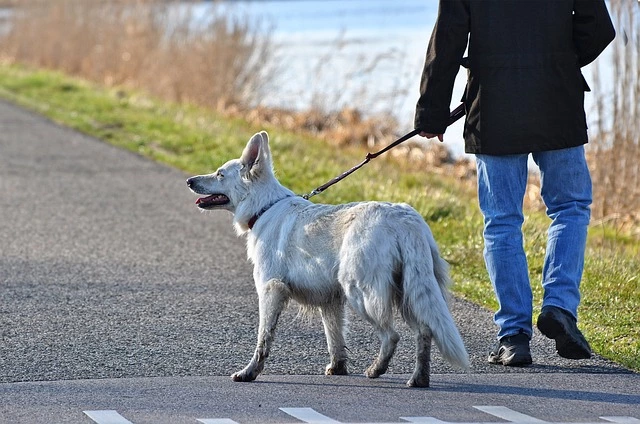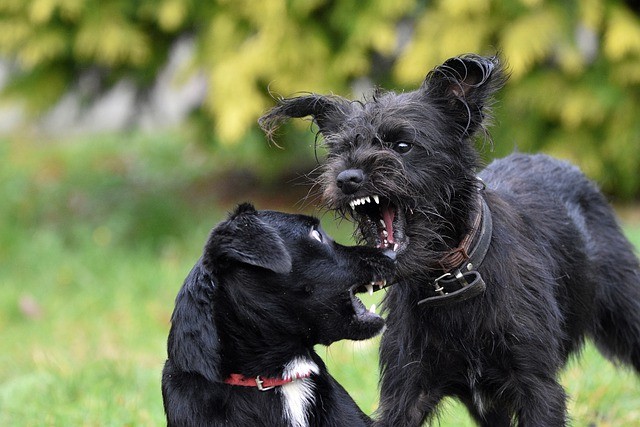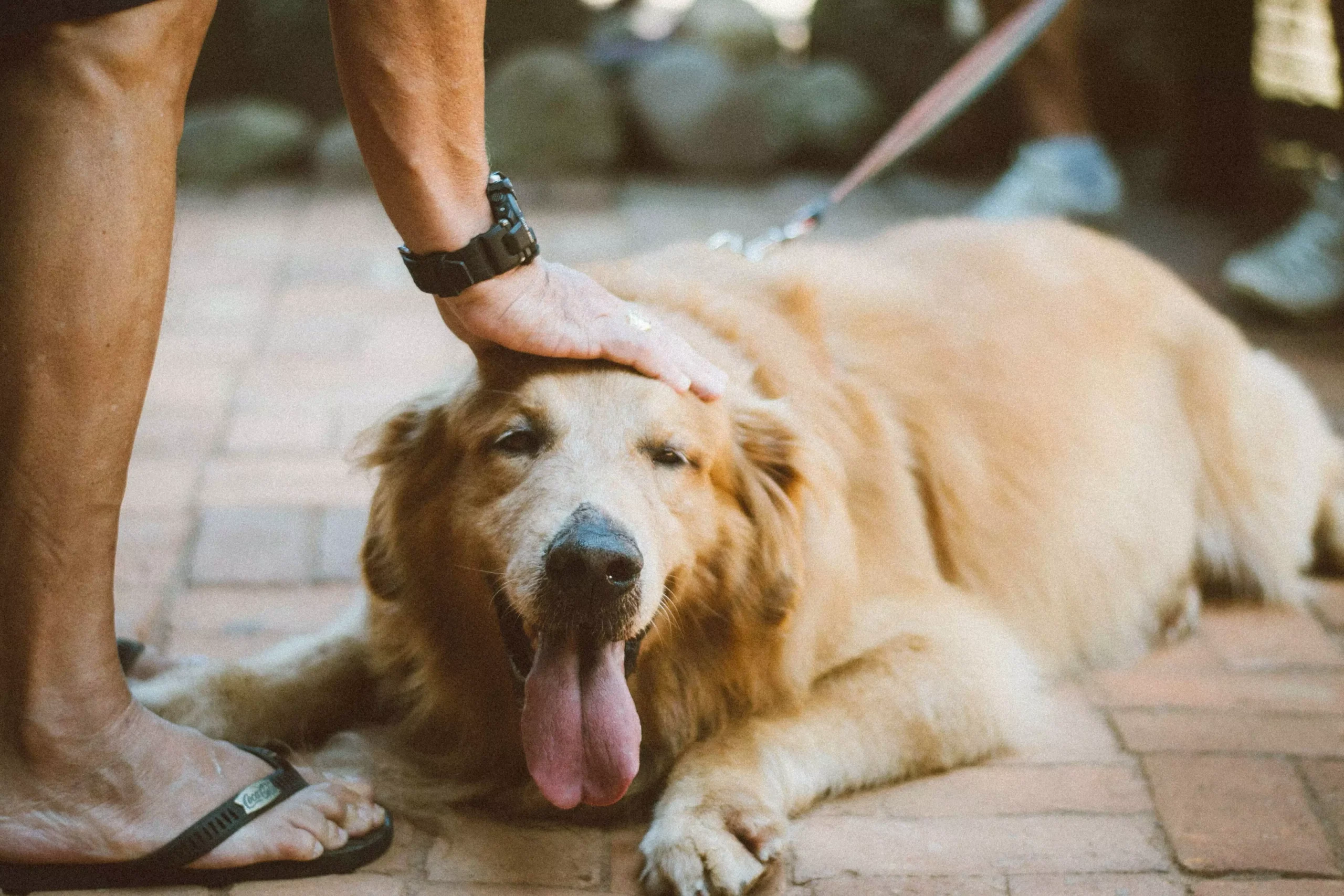Training a dog is a crucial aspect of responsible pet ownership. By mastering various canine life skills, you can ensure that your furry companion becomes a well-behaved and happy member of your family. This article will provide you with essential training techniques and tips to help you navigate the journey of training your dog. Whether you’re a first-time dog owner or looking to enhance your existing dog’s training, this guide will equip you with the knowledge to succeed.
Before delving into training techniques, it’s essential to understand the basics of canine behavior. By comprehending how dogs think and communicate, you can tailor your training methods to suit their needs and abilities.
Dogs primarily communicate through body language and vocalizations. Understanding the different cues and signals dogs use to convey their emotions is crucial for effective training. By recognizing when your dog is anxious, excited, or relaxed, you can adjust your training approach accordingly.
Dogs also have innate instincts that influence their behavior. These instincts include pack mentality, prey drive, and territoriality. Recognizing and working with these instincts can help you shape your dog’s behavior. For example, understanding your dog’s pack mentality can help you establish yourself as the pack leader and gain their respect and obedience.
Building a strong foundation of basic training skills is essential for a well-behaved dog. These techniques will provide the groundwork for more advanced training in the future.
Positive reinforcement is the most effective and humane method of training. By rewarding your dog for desired behaviors, such as sitting or staying, you reinforce those behaviors positively. This approach not only motivates your dog but also strengthens the bond between you and your furry companion.
Clicker training is a popular technique that uses a clicker as a conditioned reinforcer. The sound of the clicker marks the desired behavior, which is then followed by a treat or praise. This method helps dogs understand the exact moment they’ve done something right and reinforces that behavior.
leash training is crucial for controlling your dog’s behavior during walks or outings. Teaching your dog to walk politely on a leash without pulling or lunging ensures a safe and enjoyable experience for both of you. Consistency and patience are key when leash training.
Once your dog has mastered the basics, you can move on to more advanced training techniques that will further enhance their skills and behavior.
Recall training, also known as “come” training, is crucial for ensuring your dog’s safety and control in various situations. Teaching your dog to reliably come when called can prevent accidents and allow for off-leash activities. This training requires patience, consistency, and positive reinforcement.
Proper socialization is vital for a well-behaved and confident dog. Exposing your dog to various people, animals, and environments at an early age helps them develop appropriate social skills and reduces the likelihood of fear or aggression issues. Gradual exposure and positive experiences are essential for successful socialization.
Building on the basics, teaching your dog advanced commands such as “stay,” “leave it,” and “heel” further strengthens their obedience and control. These commands provide a solid framework for managing your dog’s behavior in different situations. Consistency and repetition are key when teaching advanced commands.
To address common concerns about dog training, here are some frequently asked questions:
Q1. How long does it take to train a dog?
The duration of training varies depending on several factors, including the dog’s breed, age, temperament, and previous training experience. Consistency, patience, and positive reinforcement are key to achieving desired results. Some dogs may learn quickly, while others may take more time.
Q2. Can I train an older dog?
Absolutely! Dogs of any age can be trained. While younger dogs may be more receptive to learning, older dogs can still acquire new skills with proper training techniques and consistency. It’s never too late to start training your dog.
Q3. What if my dog has behavioral issues?
If your dog exhibits behavioral issues such as aggression or anxiety, seeking professional help from a certified dog trainer or behaviorist is recommended. They can assess the underlying causes and create a tailored training plan to address those issues. Professional guidance can make a significant difference in resolving behavioral problems.
Q4. Is punishment-based training effective?
Punishment-based training techniques, such as physical corrections or yelling, can have adverse effects on a dog’s behavior and overall well-being. Positive reinforcement-based training is not only more effective but also strengthens the bond between you and your dog. By focusing on rewarding desired behaviors rather than punishing unwanted behaviors, you create a positive learning environment.
In conclusion, mastering canine life skills through proper training techniques is essential for raising a well-behaved and happy dog. Understanding your dog’s behavior, utilizing positive reinforcement, and progressing from basic to advanced training will set you and your furry companion up for success. Remember, training is an ongoing process that requires patience, consistency, and a deep understanding of your dog’s individual needs. So, start training today and enjoy the rewarding journey of canine companionship!









